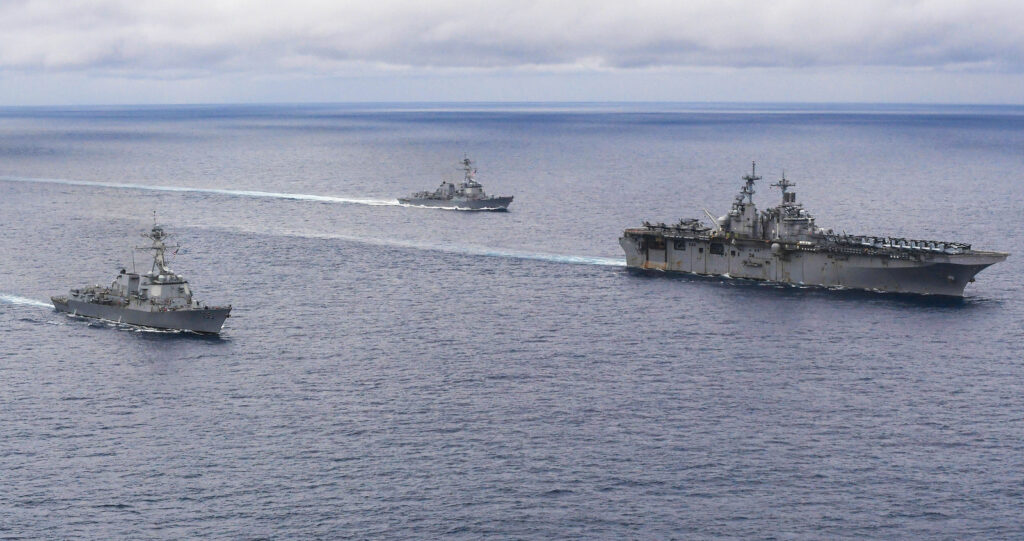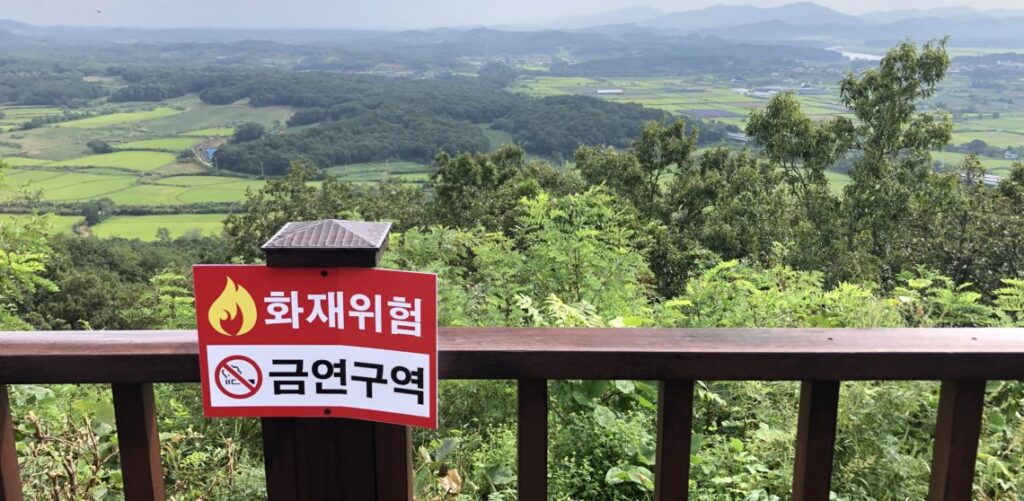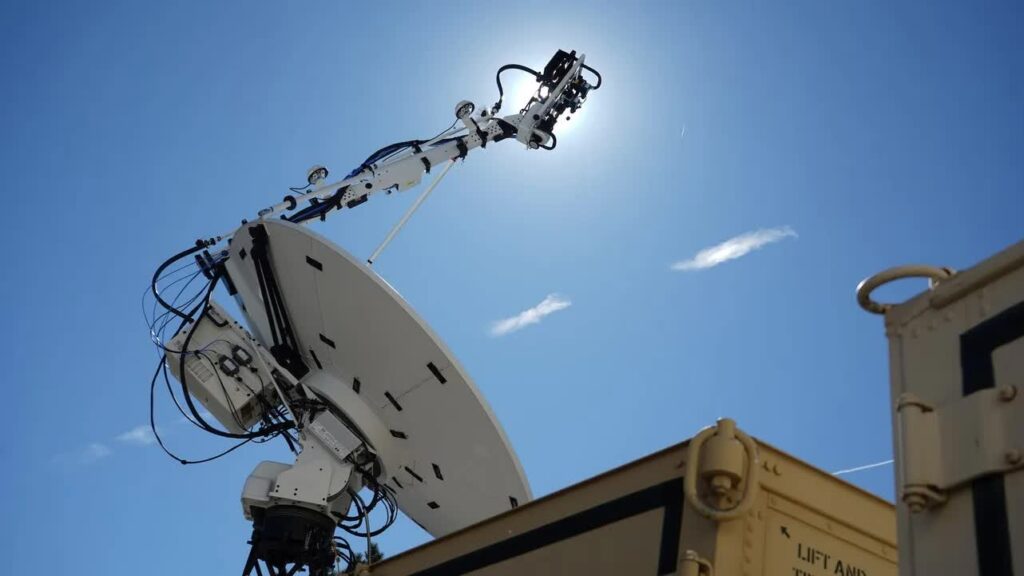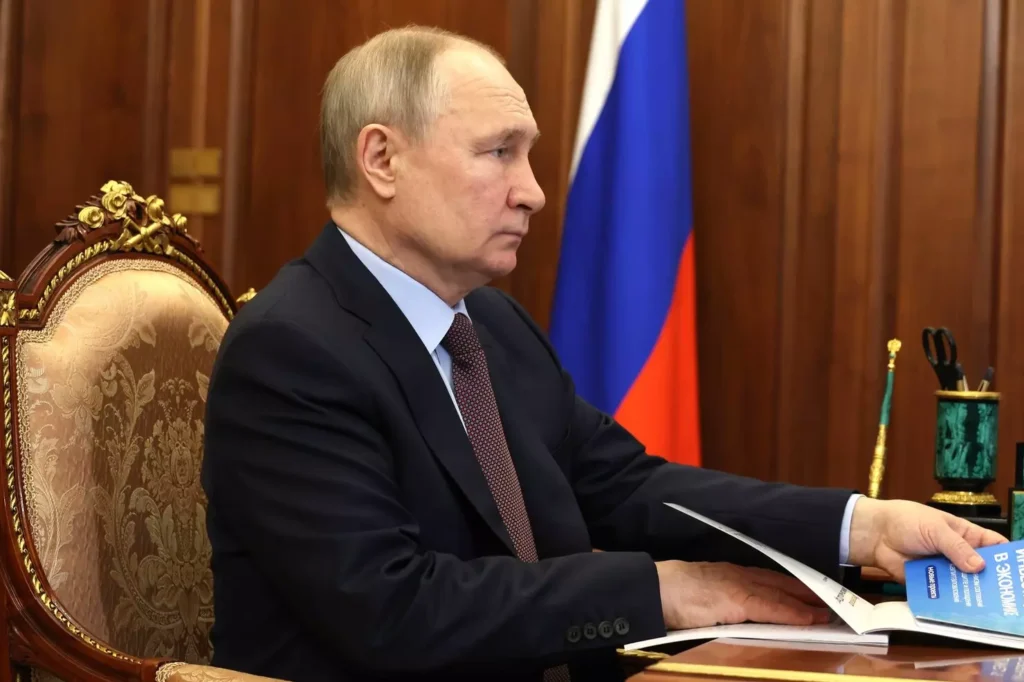Options to ensure the best Indo-Pacific policy in US DOD
- By Divergent Options
Share This Article

Chandler Myers is an officer in the U.S. Air Force. He holds a BS in English from the Air Force Academy and a MA in international relations with a focus in cyber diplomacy from Norwich University. Chandler contributes to WAR ROOM, the U.S. Army’s online national security journal. Divergent Options’ content does not contain information of an official nature nor does the content represent the official position of any government, any organization, or any group.
National Security Situation: Since the 9/11 attacks and the 2003 U.S. invasion of Iraq, the U.S. Secretary of Defense (SecDef) has focused on the Middle East at the expense of the other, greater threats. While U.S. interest in the Indo-Pacific has increased since 2009[1], there has not been a SecDef with deep professional experience in this region. While some may look at the SecDef, as the principal member in the DoD responsible for executing defense strategy to fulfill U.S. policy goals strictly as a generalist, without a sizable length of professional experience in the Indo-Pacific region, or the right mix of Indo-Pacific experts available for consultation, risk of military failure increases.
Date Originally Written: March 25, 2021.
Date Originally Published:April 12, 2021.
Author and / or Article Point of View: The author believes that while the DoD’s increasing focus on the Indo-Pacific is the correct strategy, that bureaucratic inertia can cause too many people or not the right people to be in the room when policy decisions are made. This inertia can contribute to failure and guarding against it is a must[2].
Background: In an effort to realign the unbalanced focus and strategy the U.S. military executed in the Middle East from 2000-2008, President Barack Obama broke from tradition to restore engagement in and focus on Indo-Pacific regional issues that impact U.S. security, and the security of U.S. allies and partners. President Obama and SecDef Leon Panetta renewed America’s security investments in the Indo-Pacific through increased deployments and enhancing allied and partner collective and individual security capability[3]. The driving force causing President Obama’s redirection was U.S.-Sino relations. After President Obama reaffirmed U.S. national interests in the Indo-Pacific, he ordered SecDef Panetta to increase planning and troop deployments as one way to compete with China’s military modernization and assertive claims to disputed maritime territory[4]. While President Obama’s direction changed the region, SecDef Panetta had little to no experience there[5]. Indo-Pacific problems require thinking in an Indo-Pacific context. U.S. security goals in the region are contingent more on the professional experience of the SecDef, or the access he has to an experienced workforce to help him execute policy goals, not the advancement of the tools the military wields.
Significance: The U.S.-China security relationship is arduous in many facets. Recommendations and options to assuage the relationship bend toward making changes in DoD force structure, but few focus on expertise within the DoD.
Option #1: The President nominates people with deeper professional experience in the Indo-Pacific to the position of Secretary of Defense.
Risk: A mandate that requires professional experience in the Indo-Pacific will greatly limit who can be nominated to be SecDef. Additionally, a SecDef with highlighted experience in the Indo-Pacific may fall into a similar strategic trap as past SecDefs who served during OPERATION ENDURING FREEDOM and OPERATION IRAQI FREEDOM; in a sense that, instead of ignoring China to focus on current operations, they will ignore other parts of the world to focus on China.
Gain: This option will ensure the SecDef has the experience necessary to ensure the development and execution of DoD policies and strategies to support the President’s policy goals in the Indo-Pacific. A SecDef equipped with Indo-Pacific experience atop the Pentagon will make fewer strategy errors and more wisely employ the military instrument of power in the Indo-Pacific.
Option #2: The SecDef establishes an Indo-Pacific Advisory Board, separate from any current advisory boards in existence, to provide him expert advice on the region that will be used to complement the advice he receives in current DoD channels.
Risk: This option risks alienating the Indo Pacific-focused DoD workforce across both the Office of the Secretary of Defense, Joint Staff, and Defense Intelligence Components. The employees of these organizations, once they learn that non-DoD personnel are advising the SecDef on the Indo-Pacific, may feel ignored or neglected and their work may suffer.
Gain: Under this option, the SecDef now has an additional channel to receive specialist advice from Indo-Pacific experts. This non-DoD channel would enable him to look at Indo-Pacific issues through a different lens. This different lens would be a valuable complement to the information and advice provided by the DoD workforce and ensure that the SecDef is not looking at courses of action that may only serve the DoD, but contribute to U.S. interests in the Indo-Pacific more broadly.
Other comments: None.
Recommendation: None.
Endnotes:
[1] Obama, B. November 14th 2009. Remarks by President Barack Obama at Suntory Hall. Retrieved from: https://obamawhitehouse.archives.gov/the-press-office/remarks-president-barack-obama-suntory-hall
[2] Komer, R. January 1st 1972. Bureaucracy Does Its thing: Institutional constraints on U.S.-GVN performance in Vietnam. Retrieved from: https://www.rand.org/pubs/reports/R967.html
[3] Lieberthal, Kenneth. December 21st 2011. Brookings Institute. The American Pivot to Asia. Retrieved from: https://www.brookings.edu/articles/the-american-pivot-to-asia/
[4] Manyin, Mark, et al. March 28th 2012. Pivot to the Pacific? The Obama Administration’s “Rebalancing” Toward Asia. Retrieved from: https://fas.org/sgp/crs/natsec/R42448.pdf
[5] Department of Defense Historical office. January 22nd 2021. Secretaries of Defense. Retrieved from: https://history.defense.gov/DOD-History/Secretaries-of-Defense/
Feature photo: U.S. Navy photo by Mass Communication Specialist 2nd Class Richard L.J. Gourley
Related Posts
Sandboxx News Merch
-

‘AirPower’ Classic Hoodie
$46.00 – $48.00 Select options This product has multiple variants. The options may be chosen on the product page -

‘Sandboxx News’ Trucker Cap
$27.00 Select options This product has multiple variants. The options may be chosen on the product page -

F-35 ‘Lightning’ Framed Poster
$45.00 – $111.00 Select options This product has multiple variants. The options may be chosen on the product page
Divergent Options
Related to: Military Affairs

What it’s like to visit Korea’s Demilitarized Zone

Space Force to deploy new jammers to yell at enemy satellites

Ukraine peace negotiations don’t look promising

Unit 684 – The South Korean suicide squad with the tragic history
Sandboxx News
-

‘Sandboxx News’ Trucker Cap
$27.00 Select options This product has multiple variants. The options may be chosen on the product page -

‘AirPower’ Classic Hoodie
$46.00 – $48.00 Select options This product has multiple variants. The options may be chosen on the product page -

‘AirPower’ Golf Rope Hat
$31.00 Select options This product has multiple variants. The options may be chosen on the product page -

‘Sandboxx News’ Dad Hat
$27.00 Select options This product has multiple variants. The options may be chosen on the product page
